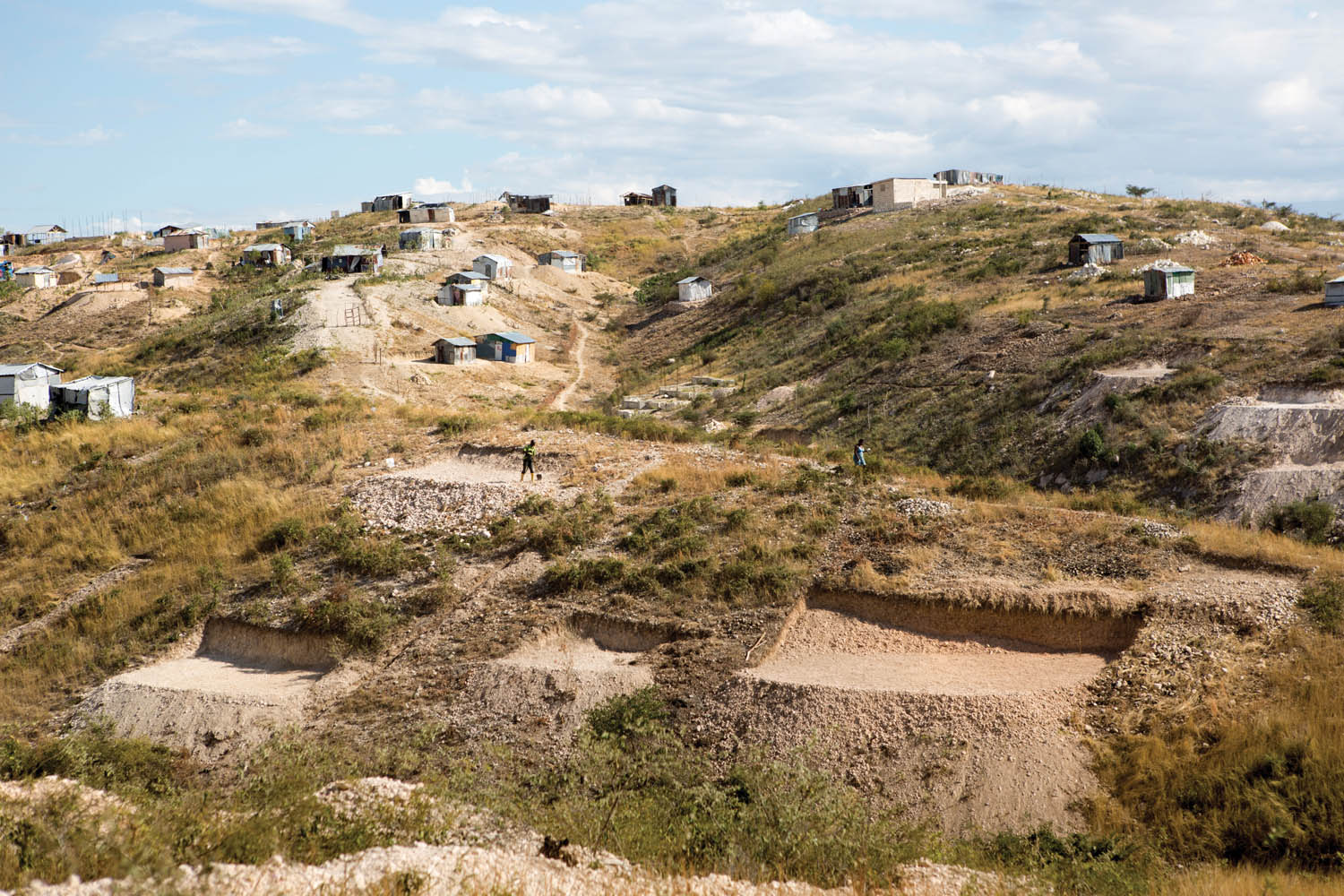Image


You should really subscribe now!
Or login if you already have a subscription.
Allison Shelley is cofounder of the nonprofit Women Photojournalists of Washington (WPOW) and her work is regularly featured in such publications as the New York Times, the Atlantic, and the Guardian, among others.